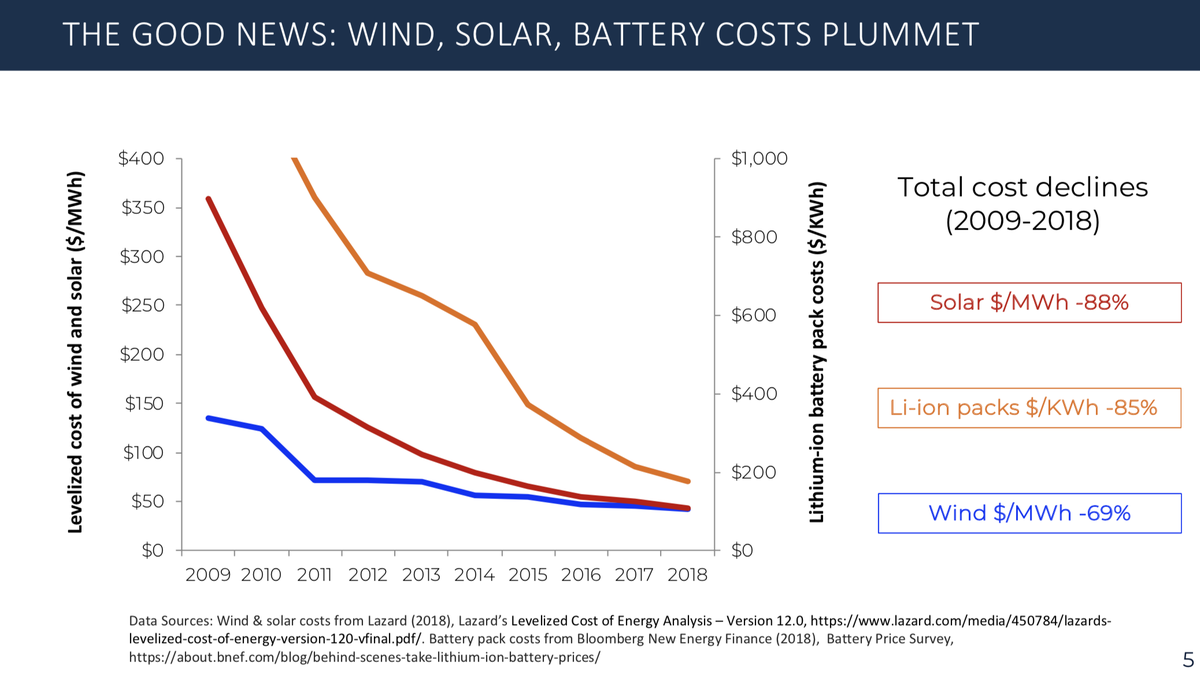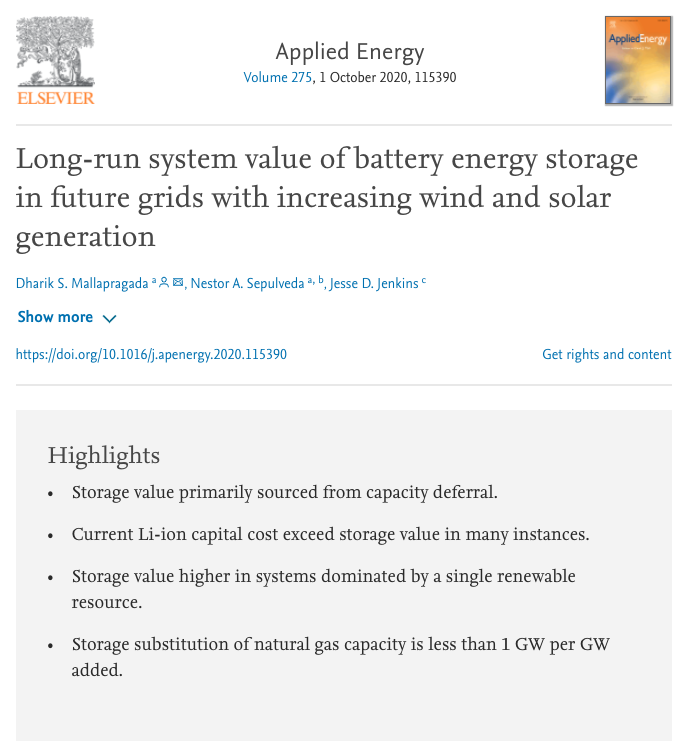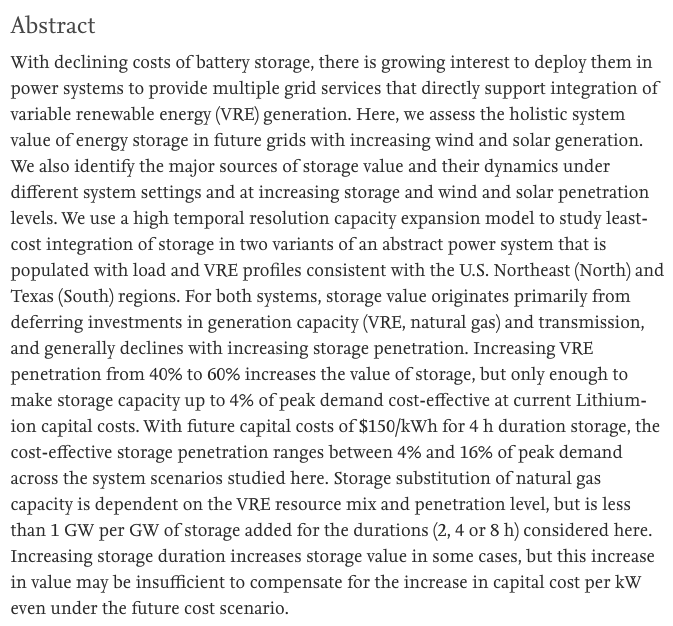
We know how to make clean energy cheap. We've done it several times: wind, solar, LEDs, lithium-ion batteries. This decade, with proactive investment, governments and private sector innovators can finish the job and complete a toolkit for a prosperous net-zero emissions economy.
https://twitter.com/TimMLatimer/status/1347968572874743809
Our to do list:
-Advanced geothermal & nuclear, H2 combustion turbines, long-duration energy storage, cheaper HVDC transm.
-Hydrogen from electrolysis, gas reforming w/CCS & biomass gasification w/CCS
-Synthetic fuels
-CCS for cement
-Direct reduction of iron
-Direct air capture
-Advanced geothermal & nuclear, H2 combustion turbines, long-duration energy storage, cheaper HVDC transm.
-Hydrogen from electrolysis, gas reforming w/CCS & biomass gasification w/CCS
-Synthetic fuels
-CCS for cement
-Direct reduction of iron
-Direct air capture
None of these are radical breakthrough techs that need to come from scientific labs. These are all techs that have been demonstrated at pilot or commercial scale. We know how they work. Now we need to make them cheap, low-risk, scalable, just as we did for wind, solar, batteries
That will require combo of ongoing public and private RD&D, and most importantly, incentives and investment to deploy these technologies at scale, repeatedly, over the next decade, to drive experience, incremental innovation, learning by doing, and eliminate tech & execution risk
We know the play book. We've used it to score before. Now time to finish the game.
ps, keep investing in radical breakthrough techs in scientific labs too! the world doesn't end in 2050 (I hope!) or when we reach net-zero. We can keep the long game going too.
• • •
Missing some Tweet in this thread? You can try to
force a refresh





